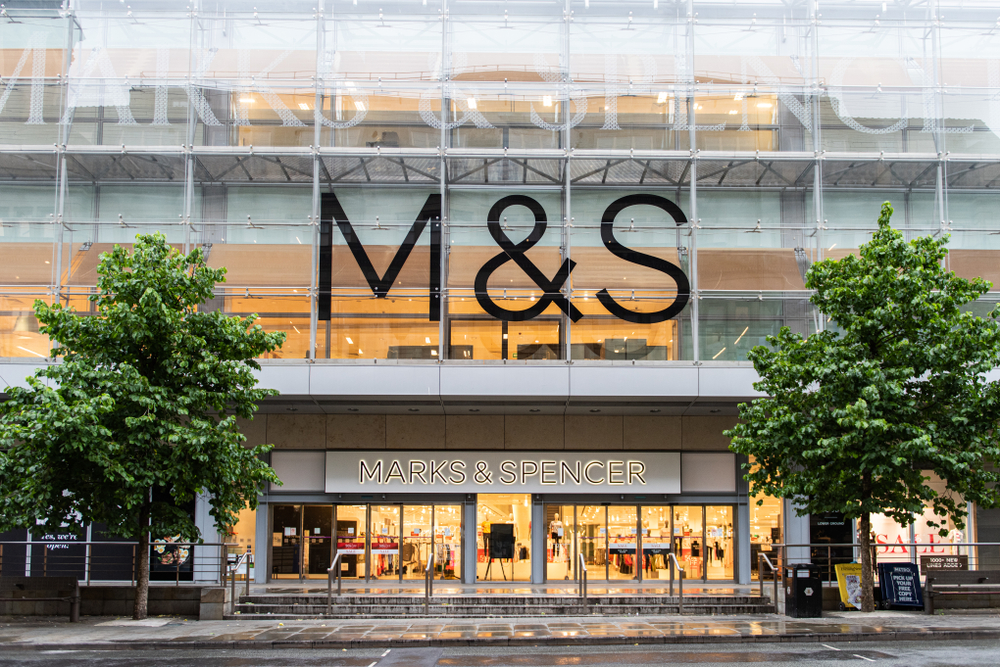With Amazon-rumoured to have secured retail space in London to set up its first non-US Amazon Go checkout-less store, are retailers set to move back into prime High Street locations?
According to reports in early February from Reuters, Amazon has found a “West End location near Oxford Circus” and is likely to feed into the high-traffic, convenience market serviced by a large, harried working population.
The move comes after reports in October last year that the retailer was looking for store sites with parameters ranging from 4,000 sq ft and 5,000 sq ft to fit in the size of the Amazon Go store. It has now believed to have found such a premises in Central London.
Amazon has so far declined to comment.
But could this be the start of a new breed of brands revisting the physical world to offer a mobile-powered, online experience that younger shoppers crave?
Results at shopping mall giant Intu seems to suggest that it does. As we reported last week, around 400 million shoppers visited intu centres last year and occupancy is at 97%. As some of 85% of all retail transactions still touch a physical store, demand from major retailers continues to be positive for its malls.
Intu chief executive David Fischel told InternetRetailing that tenants, who include new arrivals Abercrombie & Fitch and Uniqlo alongside Next, Primark and Zara, had invested £144m in Intu stores over the year. That, he said, was “a clear indication that these retailers see great physical space as a key part of a successful multichannel strategy”.
Similarly, research from PushOn earlier this year revealed that a massive 81% of UK consumers believe brick and mortar shops are vital to the shopping experience, and 70% enjoy the full experience of going in-store to browse.
“It also showed that 52% of shoppers in the UK believe that retailers need to offer a more seamless experience between online and offline commerce to retain their custom,” says Simon Wharton, business strategy director at Pushon. “This would suggest that there is actually still a place for bricks and mortar stores in the UK retail landscape.”
Julian Fisher, CEO or jisp agrees. “There is a growing trend for online brands to find more routes to market,” he concurs. “For the largest e-retailers like Amazon, moving into the physical ‘bricks and mortar’ world makes commercial sense, as physical retail still accounts for the lion’s share of overall retail spending – and there is a huge untapped market. That explains the emergence of these big online brands on the High Street. The combination of the digital and physical retail worlds offers benefits to shoppers. The availability to try, buy, then have goods delivered, for example, helps bring the best of the online and offline worlds to the shopper.”
The aim of the Amazon Go store is to provide this sort of convenience to customers, using AI and the Amazon mobile app customers are able to check in to the store by scanning their phones at the entrance. Customers then pick the products they wish to buy as facial recognition records the products chosen and charges this to the customers Amazon account on exiting the store without the need to queue at a checkout desk.
Amazon initially opened doors of its first artificial intelligence-powered Amazon Go store in downtown Seattle to the public, back in January this year.
The supermarket is designed to enable shoppers to use their smartphones to experience checkout-free shopping journey. Customers can download an Amazon Go app to check into the store at a turnstile, and start their shopping.
The retailer’s ’just walk out technology’ uses computer vision, sensor fusion and deep learning to detect when products being purchased, as it adds an item into a virtual basket and charges shoppers’ Amazon account.
The retailer ranked Elite in IRUK Top500 research, initially announced the Amazon Go store in December 2017 and said it would open the doors to the public by early 2017. The debut was delayed because of a beta trial, which allowed employees to test out the store for functionality and practicality before it could open to the general public.








